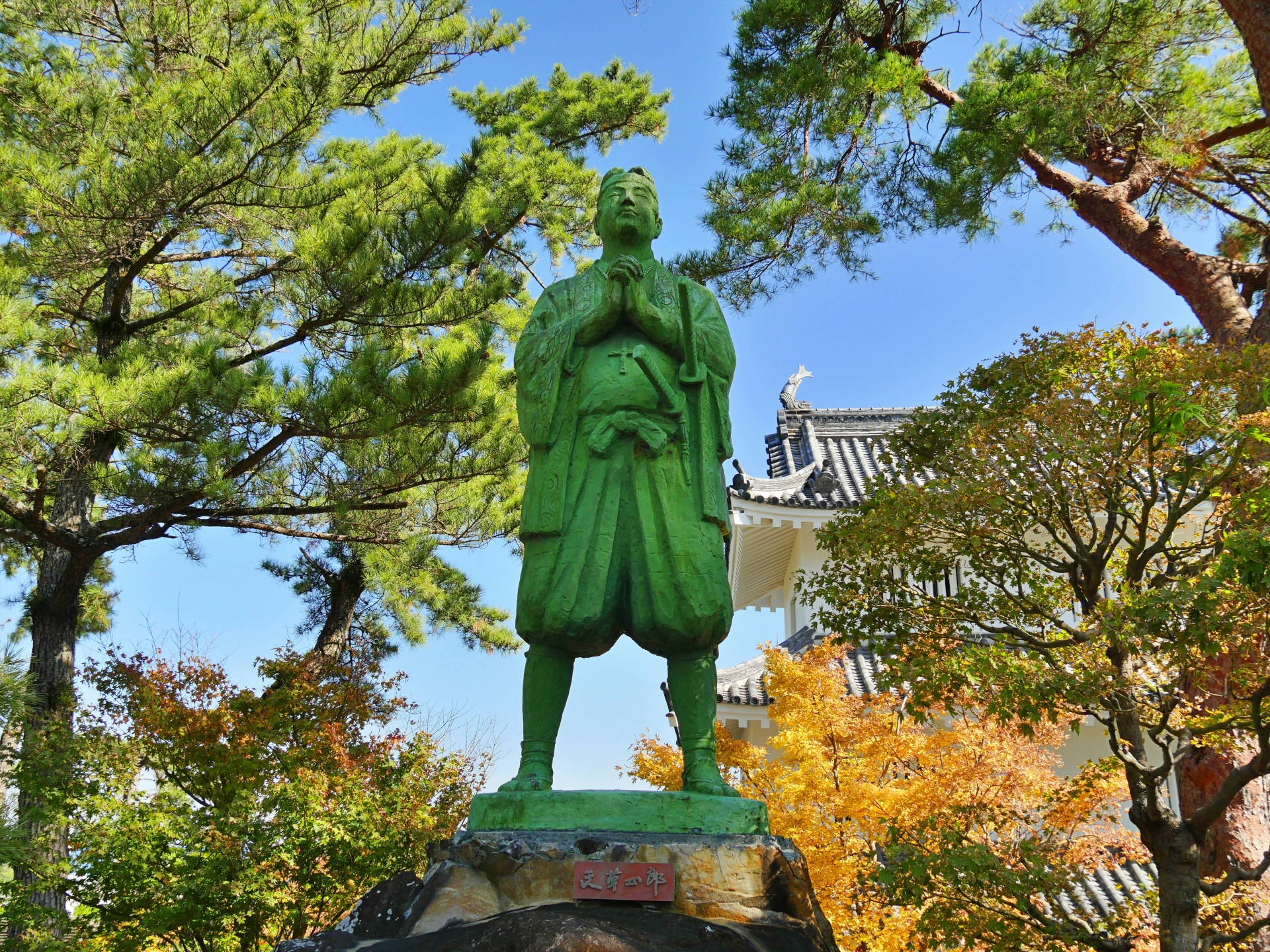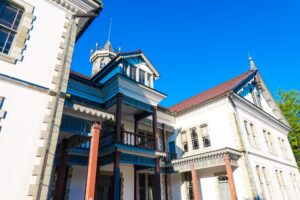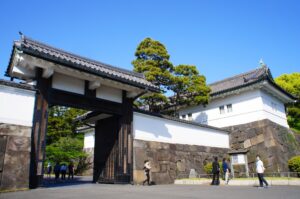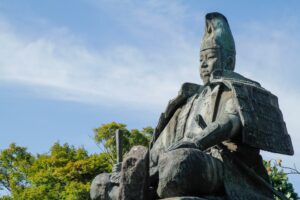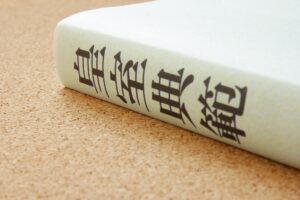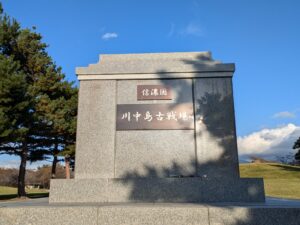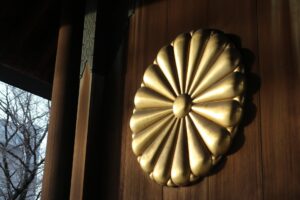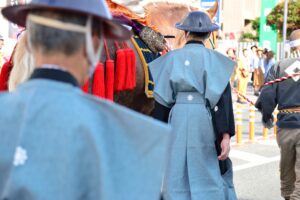The Shimabara Rebellion was one of the most significant uprisings in early modern Japan. Taking place between 1637 and 1638, it was driven by a combination of religious persecution against Christians and unbearable tax burdens on peasants. Also known in Japanese as the Shimabara-Amakusa Ikki (島原・天草一揆), the rebellion spanned the Shimabara Peninsula and the Amakusa Islands, involving thousands of peasants and ronin (masterless samurai). This article explores the rebellion’s background, major events, and long-term impact, particularly on Japan’s closed-country (sakoku) policy and religious restrictions.
Historical Background of the Shimabara Rebellion
The Shimabara Rebellion (1637–1638) occurred during the early Edo period, a time marked by political consolidation and rigid control under the Tokugawa shogunate. After unifying Japan, the Tokugawa regime sought to maintain strict social order through a hierarchical class system and heavy surveillance, particularly of potential threats such as Christianity and unruly samurai. The Shimabara Peninsula in Hizen Province (modern-day Nagasaki Prefecture) and the nearby Amakusa Islands were impoverished rural areas governed by harsh feudal lords. Matsukura Shigemasa and his son Katsuie imposed oppressive taxes on the local population to finance extravagant castle projects and curry favor with the shogunate.
The economic strain on peasants was compounded by religious persecution. Christianity, introduced to Japan in the 16th century by Jesuit missionaries, had flourished in Kyushu, including the Shimabara-Amakusa region. However, by the early 17th century, Christianity was outlawed, and believers faced torture, execution, or forced renunciation. These repressive measures alienated Christian peasants and disaffected ronin alike. The convergence of unbearable tax burdens and brutal religious suppression created a volatile environment ripe for revolt.

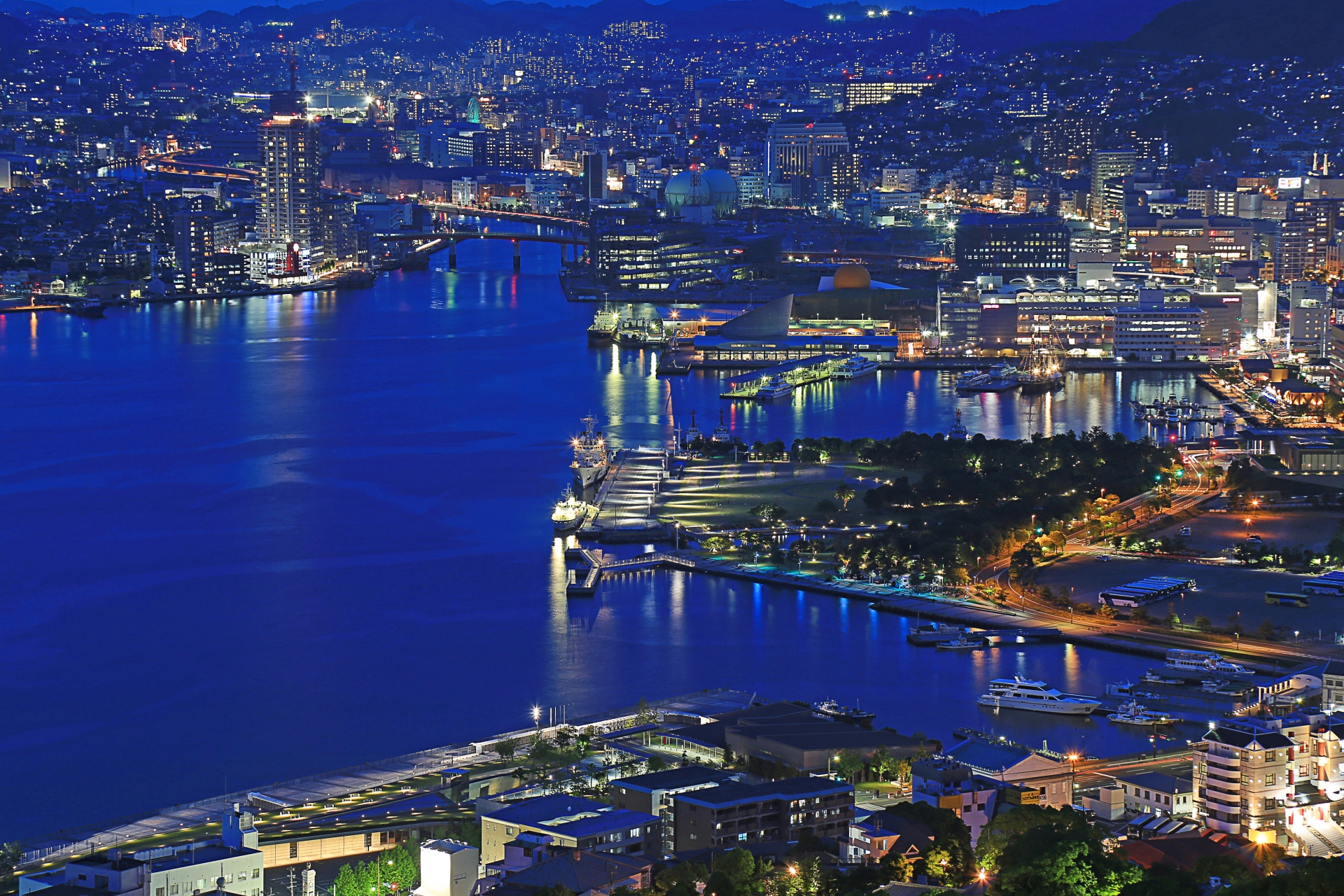
Key Figures: Amakusa Shirō and the Rebel Leaders
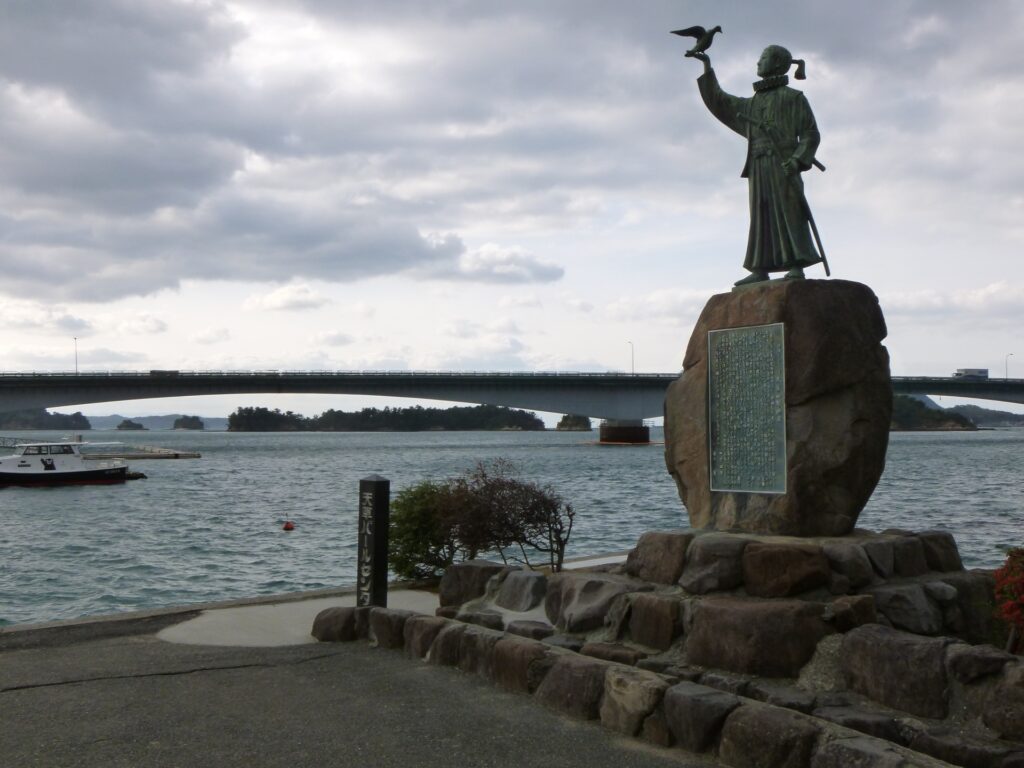
At the heart of the Shimabara Rebellion was Amakusa Shirō (1621–1638), a charismatic and mysterious teenage leader believed by many of his followers to possess divine powers. A Christian convert and son of a samurai, Shirō emerged as a messianic figure during a time of crisis. His reported ability to perform miracles and his eloquent preaching attracted thousands of oppressed peasants and disillusioned warriors.
Although only 16 years old, Shirō was revered as a spiritual leader who promised divine salvation and victory against the shogunate. He was declared the leader of the rebellion and symbolized hope and resistance for Christian communities under siege. Historical records and later legends often exaggerate his supernatural abilities, blurring the line between myth and reality. Alongside Shirō, other rebel leaders with local influence and military experience coordinated the uprising, but it was Shirō’s charisma that galvanized the movement.
Today, Amakusa Shirō remains an iconic figure in Japanese popular memory, embodying themes of martyrdom, youthful heroism, and defiance against tyranny.
Major Events and Timeline of the Rebellion
The Shimabara Rebellion began in December 1637 when desperate peasants and ronin in Shimabara and Amakusa revolted against their lords. Armed with farming tools, old firearms, and religious fervor, the rebels quickly overwhelmed local garrisons and took control of nearby castles. The movement grew rapidly, with an estimated 37,000 participants, including women and children.
The rebels fortified themselves in Hara Castle, an abandoned stronghold on the Shimabara Peninsula. From there, they resisted the shogunate’s forces for several months. The siege of Hara Castle became the rebellion’s focal point, with Tokugawa forces—estimated at over 120,000—eventually surrounding the fortress. Despite their inferior numbers and resources, the rebels held out due to their defensive position and high morale.
After a prolonged siege, Tokugawa forces launched a final assault in April 1638. Hara Castle fell, and nearly all of the defenders, including Amakusa Shirō, were massacred. The castle was razed to the ground, and the region was subjected to brutal reprisals. The Shimabara Rebellion was the largest and bloodiest domestic uprising of the Edo period.
Role of Christianity in the Shimabara Rebellion
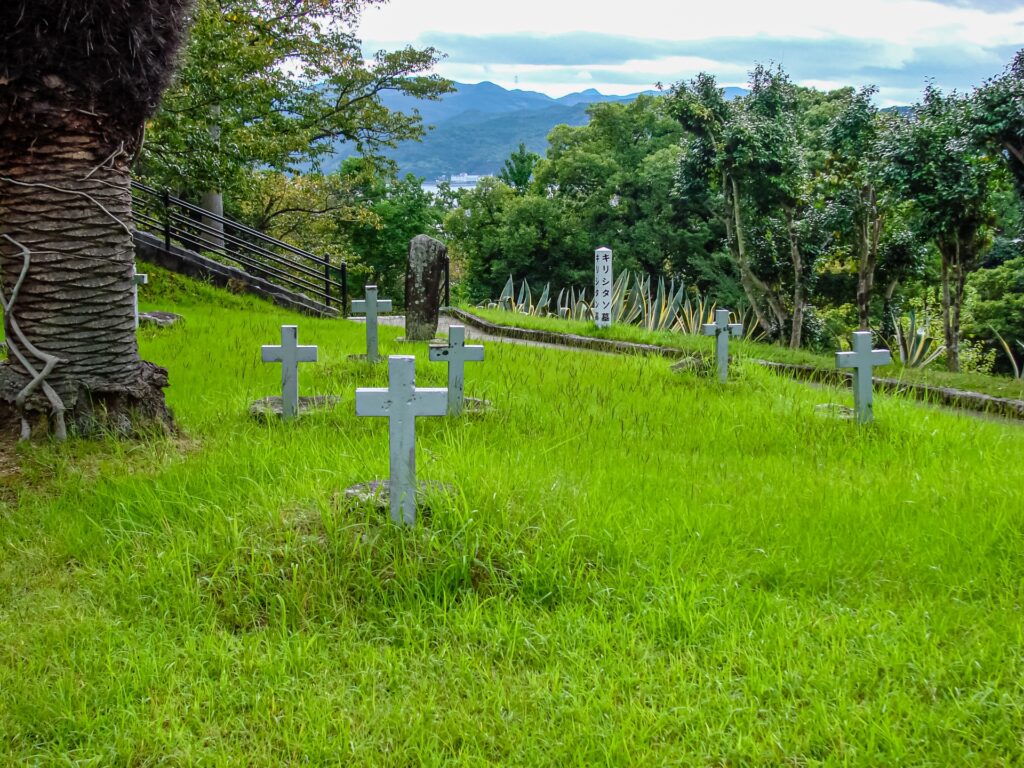
Christianity played a central role in the Shimabara Rebellion, both as a spiritual force and a sociopolitical symbol. Many of the rebels were practicing Christians or descendants of converts from earlier missionary activity. In the face of severe persecution, their faith became a source of identity and resistance.
Jesuit and Franciscan missionaries had laid the groundwork for a vibrant Christian community in Kyushu, particularly in the late 16th century. Despite official bans, underground worship continued, and Christian symbols were prominent among the rebels. Banners with crosses and images of the Virgin Mary were used during battles, and prayers were recited before and during engagements.
After the rebellion, the Tokugawa shogunate intensified its anti-Christian policies. Foreign missionaries were completely banned, and Japanese Christians were forced to renounce their faith under threat of death. This led to the emergence of “Hidden Christians” (Kakure Kirishitan), who practiced their faith in secret for centuries. The rebellion thus marked the final chapter of open Christianity in Japan until the modern era.
Tokugawa Response and the Aftermath
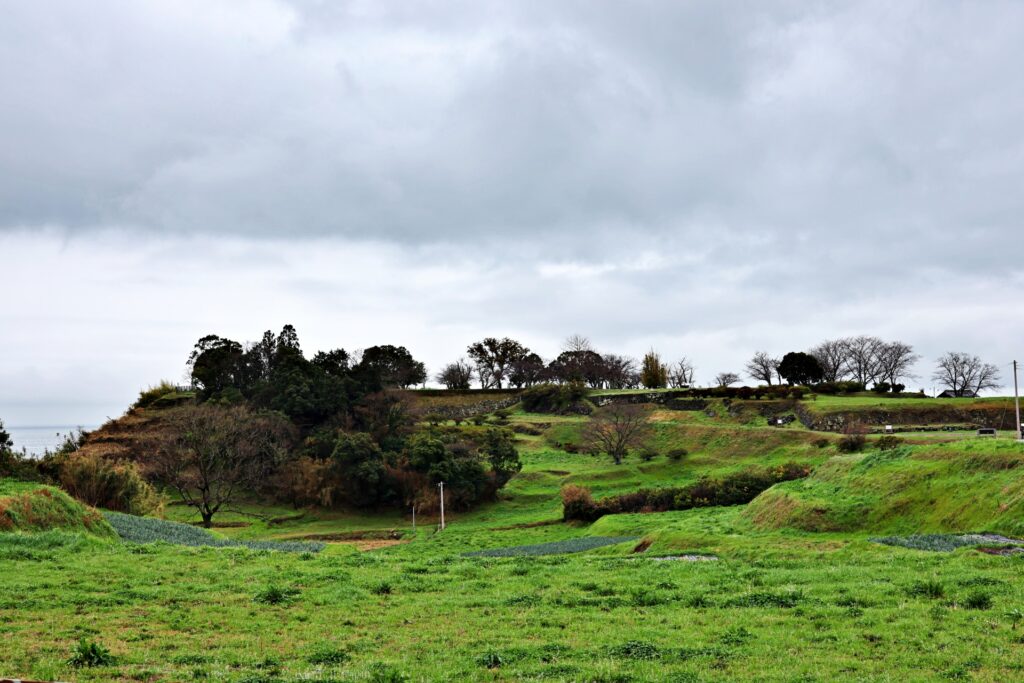
The Tokugawa shogunate responded to the Shimabara Rebellion with overwhelming military force and unrelenting brutality. Over 120,000 troops were mobilized from across Japan to suppress the uprising, reflecting the regime’s fear of insurrection and foreign influence.
After the fall of Hara Castle, an estimated 37,000 rebels and sympathizers were executed. Amakusa Shirō was captured and beheaded; his head was displayed publicly as a warning. The Shimabara-Amakusa region suffered depopulation and economic devastation. Surviving residents were relocated, and the ruling Matsukura clan was abolished.
In the broader political context, the rebellion reaffirmed the Tokugawa commitment to internal control and foreign exclusion. The shogunate tightened its “sakoku” (closed country) policy, banning most foreign contact and sealing off Japan from Christian influences. Christianity was driven completely underground, and all foreigners except the Dutch were expelled or restricted.
Legacy of the Shimabara Rebellion in Modern Japan
Today, the Shimabara Rebellion is remembered as a symbol of resistance and a tragic episode of religious persecution. The ruins of Hara Castle are preserved as a historic site and attract both domestic and international tourists. Nearby museums and monuments honor the memory of Amakusa Shirō and the fallen rebels.
In modern Japanese education, the rebellion is covered in high school history curricula as a major peasant uprising and a turning point in Edo-period governance. However, the religious dimensions are often understated. The rebellion also appears in Japanese pop culture, including novels, manga, anime, and films, where Amakusa Shirō is frequently depicted as a martyr or anti-hero.
Several documentaries and period dramas have revisited the rebellion, providing historical interpretations that balance legend and fact. In recent years, the Shimabara region has also promoted Christian heritage tourism, highlighting its role in early Japanese-Christian history. This cultural remembrance underscores the rebellion’s ongoing relevance in discussions about religious freedom and historical identity.
Frequently Asked Questions (FAQs)
Why did the Shimabara Rebellion happen?
It was caused by a mix of oppressive taxation, religious persecution of Christians, and widespread poverty under feudal lords in the Shimabara and Amakusa regions. See Historical Background.
Who was the leader of the Shimabara Rebellion?
Amakusa Shirō, a 16-year-old Christian visionary, led the rebellion and became a symbol of resistance and martyrdom. See Key Figures.
What was the result of the Shimabara Rebellion?
The rebellion was violently suppressed by the Tokugawa shogunate, resulting in mass executions and a crackdown on Christianity. See Tokugawa Response.
What role did Christianity play in the Shimabara Rebellion?
Christianity served as both a spiritual motivator and a unifying identity among the rebels. Its suppression after the rebellion led to centuries of hidden Christian practice. See Role of Christianity.
How did the Tokugawa shogunate respond to the Shimabara Rebellion?
With massive military force and brutal suppression, followed by stricter isolationist and anti-Christian policies. See Aftermath.
Conclusion
The Shimabara Rebellion, or Shimabara-Amakusa Ikki, was a significant uprising fueled by religious persecution and socioeconomic suffering. It not only exposed the fragile balance of power in early Edo Japan but also catalyzed dramatic changes in national policy. The rebellion’s suppression marked the end of open Christianity in Japan and the beginning of a rigidly isolationist era.
Amakusa Shirō, as a religious and revolutionary icon, continues to capture the imagination of scholars and the public alike. His role and the rebellion itself provide valuable insights into the historical intersections of faith, governance, and resistance. In remembering the Shimabara Rebellion, we also reflect on broader themes of human rights, religious freedom, and the resilience of belief under oppression.

